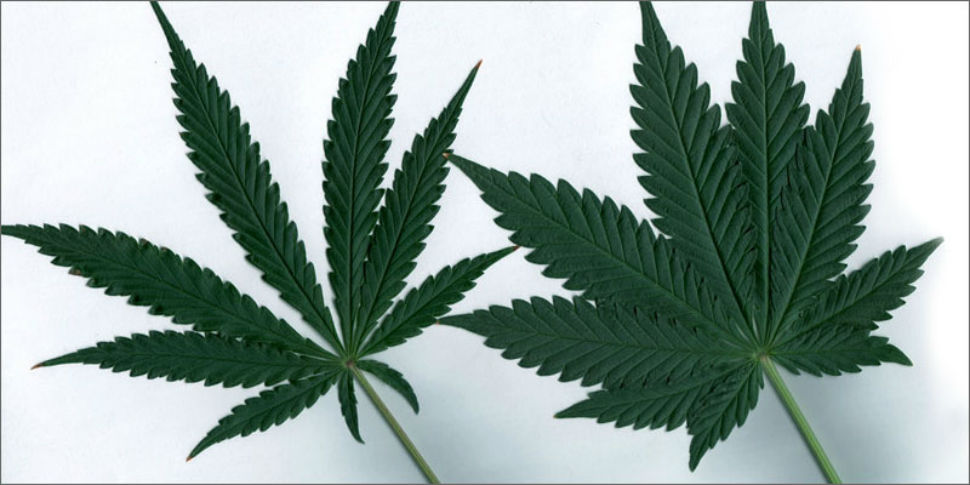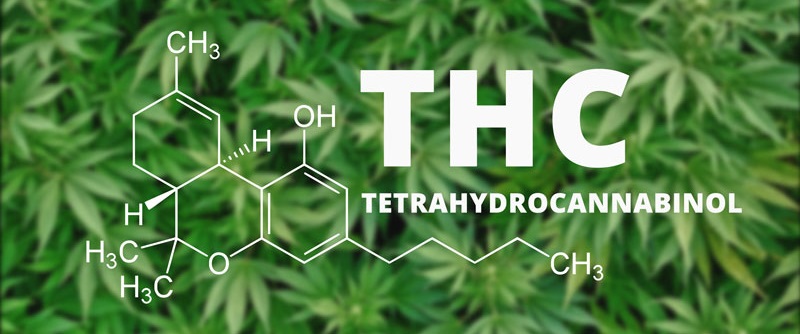
What’s in Your Weed? 3 Tips for Accurate Samples
Cannabis growers and their customers know that they cannot guarantee a consistent product. The nuances of biology mean variations from crop to crop, from plant to plant, and even from one flower to the next, as I wrote about last week. Since it is impractical to try to test and track each flower from a crop, growers need to ensure they have proper sampling procedures to ensure the results will be representative.
The ideal sample must include flowers from different sites in each grow room. It can be very difficult to select a properly representative sample of the product after drying and curing, once workers have lost track of which plants grew where, but isolating the sample might influence the curing process. So here are our recommendations for how to get a useful sample, assuming you manicure your plants before drying.
- Select at least 3 plants to include in your sample.
Before you begin to harvest, choose plants with different lighting angles, at different distances from the centre of the grow room and from fans. If you are a home-grower with 4 plants, 1-2 should suffice, but you may need to select larger flower samples in the next step to generate a 3.5 g (1/8 oz.) sample. If your lab requires a 30 g (1 oz.) sample, try to choose at least 8-10 plants.
- Select buds from different places on the selected plants.
As you separate buds from stems, choose at least 1.5 g in whole flowers from each of the following locations on your selected plants: top of plant, bottom of plant, and 2-3 different sites near the middle of the canopy. With cannabis losing about 80% of its weight in drying, this will produce at least 1.2 g of dry cannabis from each plant for the sample. If your lab requires a 30 g sample, choose 4-5 g per site for a grand total of 150 g or more before drying.
- Dry and cure buds as usual.
Clearly identify the buds for your sample so you recognize them after drying. You might do this by putting them all in marked drying racks, then distributing the racks in the drying space. It is safe to mix the sample buds together, as long as you ensure to include all of them in what you submit for testing – even if it produces a larger sample than the lab requires.
Follow Us:
Share This:


